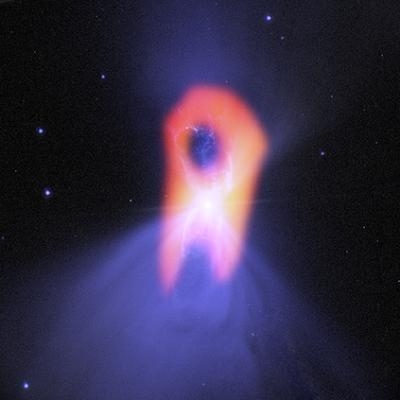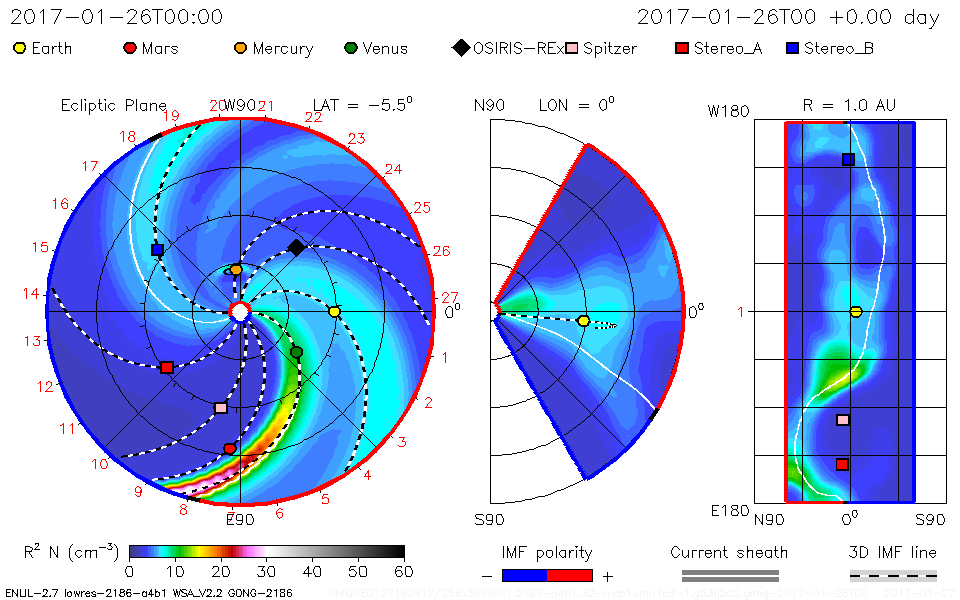It is supposed to pass between venus and mercury.
You are using an out of date browser. It may not display this or other websites correctly.
You should upgrade or use an alternative browser.
You should upgrade or use an alternative browser.
This site may earn a commission from merchant affiliate
links, including eBay, Amazon, and others.
I had to come out to get batteries.
Bye.
Bye.
Earth-facing sunspot AR1877 erupted on Oct. 24th at 00:30 UT (Oct. 23rd at 5:30 pm PDT), producing an M9-class solar flare. A flash of extreme UV radiation from the flare ionized Earth's upper atmosphere and created a brief HF radio blackout on the sunlit side of the planet.
Left the ramen noodle cases in the house.
I have them now.
Bye.
I have them now.
Bye.

The coldest object in the universe, known as the Boomerang Nebula, is one degree Kelvin, but in Fahrenheit, it would be minus 458.
...
It is a relatively young example of a planetary nebula, which is a star that has outgrown its outer layers. When this happens, a white dwarf is left in the middle and it is known to give off a display of radiant colors, caused by gas from intense ultraviolet radiation.
The scientists were able to take the nebula's gas' temperature by observing how it absorbed the cosmic microwave background, typically known to be 2.8 degrees Kelvin. In the case of this star, the gas emitted expands and cools rapidly, similar to how a refrigerator produces cold temperatures.
source - full article
Yet another large earthquake signaled the arrival of a geomagnetic storm, bringing more evidence that the two might be linked.
The magnitude 7.3 earthquake struck offshore Japan, east of the mainland at 10:00am Pacific and 1pm Easter Time. The quake was felt mildly across Japan. The distance from the epicenter was 325km (202mi) ESE of Ishinomaki, Japan and 475km (295mi) ENE of Tokyo, Japan. Generally this distance would be a gentle rocking. The quake struck nearly the same fault area as the quake that brought down the Fukushima Nuclear Power Plant.
TheWeatherSpace.com Senior Meteorologist Kevin Martin has been watching solar storm and quake influences since 1999, noting that increased geomagnetic storms bring increased quakes across the world.
“These quakes are not a coincidence,” said Martin. “These quakes … have triggers … and one such trigger for quakes seems to be strong solar storms, which bring geomagnetic storms to the planet.”
So where is this geomagnetic storm? Kp-Index was zero this morning and now it is a two. With M and X class flares from the Sun being detected, that means it is rising and it should arrive today. Forecasters expect a geomagnetic storm so skywatchers in the upper latitudes should be on the lookout for aurora.
The Tsunami Warning Center issued a statement saying that based on data, a destructive tsunami is not likely from this event.
theweatherspace.com
Did any of you go look at comet PAN-STARRS this spring? I took my 10x70 binocs out the day after it rounded the sun, right at sunset. It was spectacular, filled half the field of view.
Did any of you go look at comet PAN-STARRS this spring? I took my 10x70 binocs out the day after it rounded the sun, right at sunset. It was spectacular, filled half the field of view.
never heard of it.
Last edited by a moderator:
Similar threads
- Replies
- 3
- Views
- 501
Join the conversation!
Join today and get all the highlights of this community direct to your inbox. It's FREE!
- Curated content sent daily, so you get what's interesting to you!
- No ads, no large blocks of text, just highlights for easy digest
- It's all totally free!
Enter your email address to join:
Thank you for joining!
Already
a member? Click here to log in










